How To Recognize Cat Acne & How To Help Your Cat?
11.09.2022.
Our felines, just like us, can develop chin acne or pimples, or redness. They can sometimes get infected and cause pain. Sometimes it can be a symptom of an underlying issue. To fully address this health problem, you will have to understand what exactly cat acne is and how you can help your cat.
What is cat (chin) acne
Cat acne is a disorder of follicular keratinization. Follicles overproduce keratin, a protein found in the outer skin layer. This keratin stays trapped in hair follicles and causes blackhead acne - comedones. If these comedones get infected by bacteria, then it forms pustules. It usually appears on the chin but can be extended to the lips and muzzle. It is not as common, but sometimes acne can emerge on other body parts, even a whole body. Some animals may have a single acne episode; however, many have a lifelong recurrent problem, but frequency varies with the individual.
Causes
Abnormalities in keratinization, sebum production, or immune barrier function are the main reason why cat acne appear. But the cause of this is still unknown, and there are several theories:
- Sebum overproduction: when sebaceous glands generate an excess of sebum (a condition called seborrhea), hair follicles can become clogged. (Secondary seborrhea can be caused by underlying issues such as hypothyroidism, parasites, fungal infections, and allergies)
- Poor self-grooming: When cats don't groom themself adequately, sebum easily accumulates in the hair follicles and becomes clogged because when grooming, cats distribute sebum over the body; it is more common reason in older cats
- Genetics: Persian cats are more affected by primary seborrhea, and Persian and Himalayan are more affected by facial dermatitis
- Plastic bowls: plastic bowls tend to have rougher edges which irritates the skin, and also irregular surfaces or scratches in the plastic make it more prone to bacterial contamination
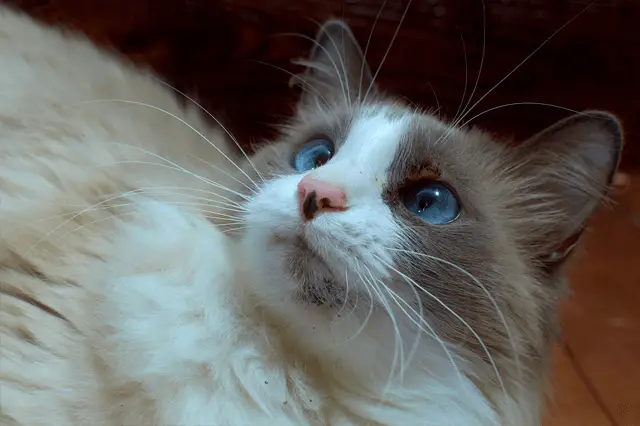
While the main mechanism is still unknown, other reasons for developing acne can be associated with stress, viral infection, immunosuppression, or allergies.
RELATED: 5 Possible Reasons Why My Cat Is Losing Hair
Clinical signs
The most common clinical sign is dirt appearance on the feline's chin. Also, lesions can appear on the upper and lower lip. Lips and chin can be swollen and inflamed. Acne usually starts as black crusts, debris, and blackheads on the skin and fur. This is usually mistaken for dirt by owners. They tend to look like black material stuck in the fur. Scratching usually isn't present.
How is cat acne diagnosed?
First, medical history and clinical signs are most important to suspect acne. General clinical examination and skin cytology are usually enough. It is important to look for bacteria or unusual cells. This can be complemented with bacterial culture and sensitivity tests, like some biopsies or scrapings. Other clinical examinations such as urine and blood tests or x-rays may be required to rule out other medical complications.
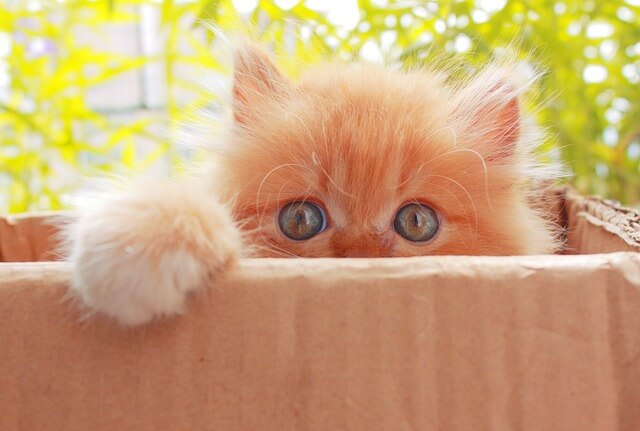
RELATED: 6 Reasons Why Cats Hate Water
Treatment
The most important step in treating cat acne is improving hygiene and regularly cleaning food bowls - washing them daily (it is indicated to replace plastic bowls with nonporous such as glass or stainless steel). Sometimes it is necessary to use some topical or systematic drugs. In some cases, anti-seborrheic shampoos or benzoyl peroxide facial preparations are enough. Alternatively, antibiotic ointment on a mupirocin basis or clindamycin gel can help. Food supplements like omega-3 fatty acids can help. In chronic cases, antibiotics or corticosteroids can be given orally.
Prognosis
In most cases, hygiene and washing bowls will be enough to eliminate cat acne. In severe cases, local or oral therapy can be administered. The prognosis is good if there is no serious underlying medical problem. In some cases, acne can repeat. To avoid relapses, it is indicated to groom your cat and maintain her hygiene regularly.
Conclusion
Feline acne is a skin condition with blackheads and pustules on cat skin. It is a poorly understood disorder of follicular keratinization. They are usually located on the cat's chin. Owners are usually concerned that the cat has permanent dirt on its skin. Some studies have shown a connection between plastic food and water bowls and developing acne. Improved hygiene is often enough to remove acne from your cats' life, but your vet would probably prescribe antibiotics in chronic cases. If there is no serious medical problem, the prognosis of acne is usually excellent.
World Cat Finder Team

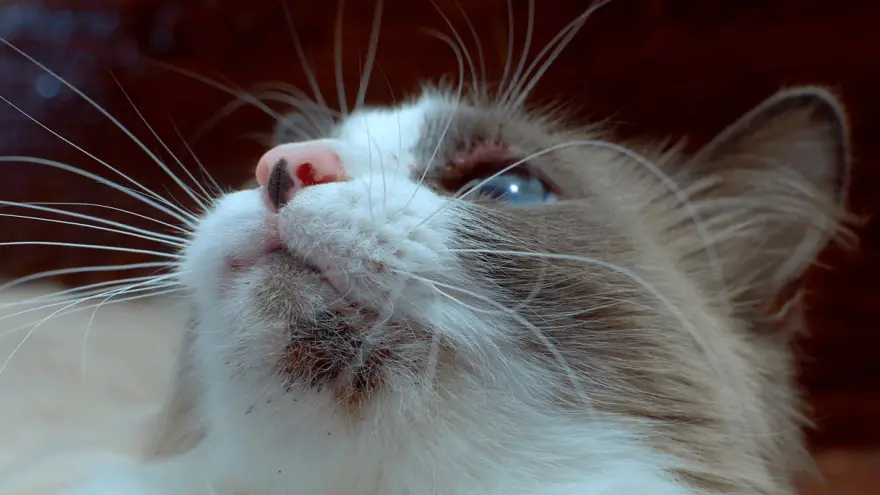
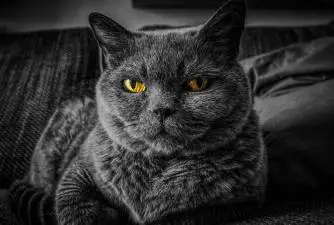
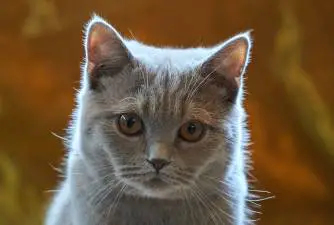



Share